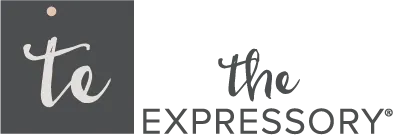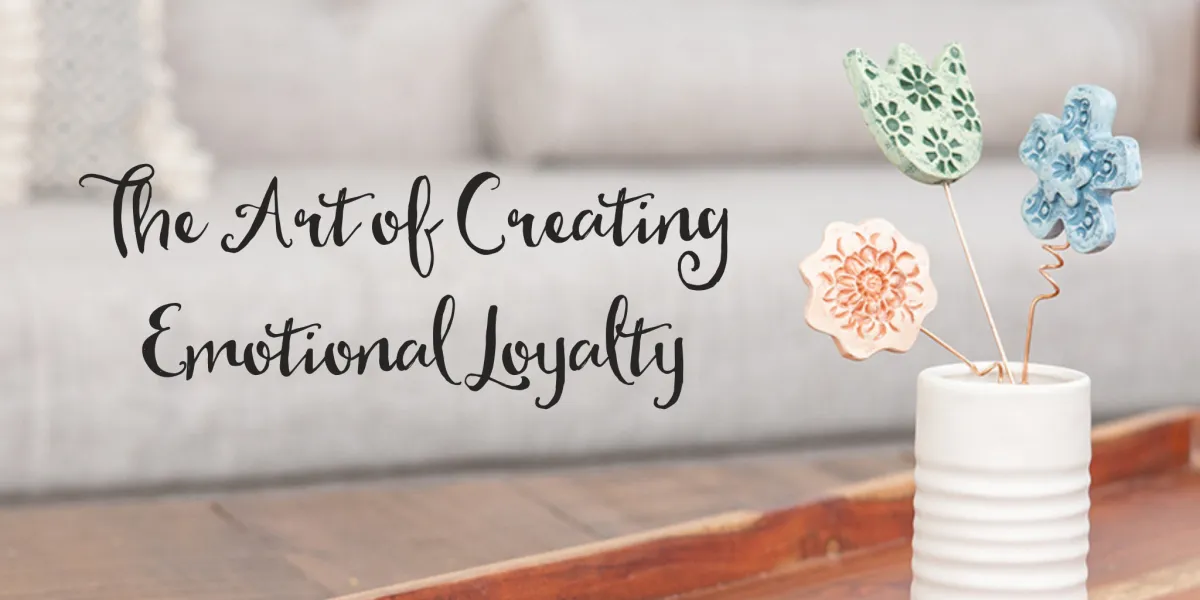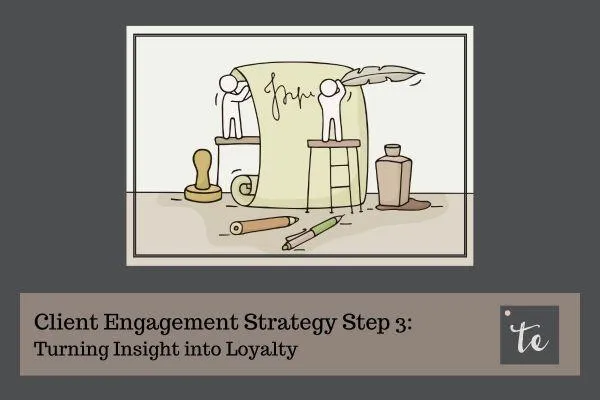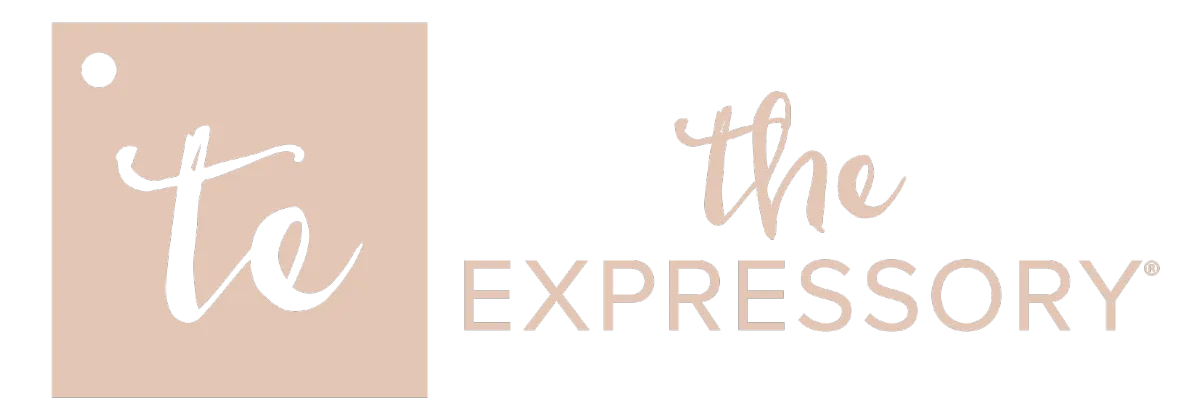

What Swimming Teaches Us About Team Relationships
In my latest video, I break down how swimming teaches us the importance of these relationship-building efforts and the specifics of what we as leaders need to nurture with our teams.
Holiday Gift Insights - What Everyone Else Is Doing
In an effort to simplify the decision-making process, we're sharing some of the trends we've seen with gifting over the years. We're even sharing our best seller and why that gift had such success.
What Makes A Successful Holiday Gift? The Travel Bag Edition
Last year we had the opportunity to work with one of our clients in the travel and tourism space to design an experience that delivered their highest engagement yet.

Turning Insight Into Loyalty
If you’ve been following along in this series, then you’ve already taken two big steps toward building a strategic client engagement plan. In Step 1, we talked about why retention, not just acquisition, deserves your energy. And that meant starting with a segmented client list.
In Step 2, we covered how to research your current clients to get to know them beyond the contract.
Now it’s time to figure out what to do with all that information.
Because let’s be honest, most people aren’t going far beyond the research step. They collect facts and social posts and fun tidbits from a client’s About page, and then... crickets.
This is the part where we turn insight into strategy.
In The Expressory’s Strategic Engagement Methodology™ the 3rd step in our strategy design is to analyze our findings for patterns, themes, which help us connect on a deeper level. Themes are gold. They’re the key to showing your clients that you understand them, not just know things about them.
Why Themes Matter More Than the Facts
Your research might tell you:
A client just launched a new product
Another posted about their team’s 10-year anniversary
Several are talking about mental health or burnout
A few are prioritizing sustainability this year
That’s all great data. But it doesn’t become engagement until you pull the thread and look for common patterns.
For example, are multiple clients focused on team culture or wellbeing? Do they talk about growth and learning? Are they proud of their community involvement or innovation work?
These patterns give you something meaningful to align with. They help you design touchpoints that say: “I see what matters to you and I care about it, too.”
How to Turn Your Client Research into Meaningful Themes
By now, you’ve gathered some solid insights about your existing clients. You’ve scanned their websites, peeked at social posts, and maybe even found a few anniversary announcements or conference photos. But instead of jumping straight to sending something thoughtful, this is the moment to pause and look for what’s really being said across the board.
This isn’t just organizing your notes; it’s the strategy step that turns information into loyalty.
Data Aggregation
First, pull your research into one central location, like a spreadsheet. You want to see everything in one view so you can start noticing patterns.
Next, create a second tab specifically for capturing themes. Include columns like:
Industry
Specific Client/Company
Theme
Based On (a note, link, or snippet from your research)
This setup lets you track themes and tie them back to your clients in a meaningful, repeatable way.
Initial Review and Organization
Now take a pass through your research. Don’t overthink it. Just start sorting data into broad categories based on what’s showing up.
Examples might include:
Sustainability – If multiple clients are prioritizing ESG or green initiatives.
Wellbeing – Focus on mental health, flexible work, or employee care
Innovation – Companies doubling down on tech, AI, or staying future-ready.
Growth Culture – Frequent mentions of learning, scaling, or expanding.
You're not making conclusions yet. You're simply organizing what you see. Think of it like collecting key words or phrases.
Identifying Patterns and Relationships
This is where things get strategic.
Start connecting dots across the data. What are clients really talking about? Which industries are facing similar challenges? Are certain values - like creativity, collaboration, or client service - showing up again and again?
Look for both external themes (industry trends, goals, initiatives) and internal ones (team culture, leadership values, personal milestones).
Examples:
Burnout & Overload – Clients in high-demand industries may be struggling with too much noise. We’re eventually going to think about what gift or note could acknowledge that?
Continuous Learning – If your clients love sharing conference photos or articles, they value development. How can you support that?
Community-Centered – Are they supporting causes or showing up for local efforts? That might be a value you can align with.
Think Big and Small
Some themes will apply across multiple clients. That’s great for scalable engagement. Others might be unique to one company or even one person, and that’s just as powerful.
Examples of more individualized themes:
Recent milestones (new office, new baby, new role)
Favorite hobbies or passions (cycling, cooking, volunteering)
Recurring phrases or mission statements (“client-first,” “radical collaboration,” etc.)
Hyper-personalization is where your engagement really starts to feel like you see them, not just their title or their invoice.
Let Themes Guide Your Next Steps
Once your themes are documented, they become your compass. You’ll use them next to:
Design personal touchpoints that align with what matters
Send content or gifts that resonate, not just impress.
Acknowledge milestones and values in ways that build trust.
And the best part? You’re not just “following up.” You’re nurturing a relationship that says: I still see you.
Bottom Line: Strategy Isn’t Just for Acquisition
A lot of businesses put all their planning into winning the client. But your most strategic moves can (and should) happen after the sale.
By organizing and analyzing what you’ve learned about your clients, you can design outreach that makes them feel seen, supported, and significant. And that’s where loyalty lives.
At the end of the day, your clients are still human. And they’re listening for the people who treat them that way.
Five Questions to Reflect on After Finding Your Themes
Now that you’ve gathered and analyzed your client insights, the real magic lies in how you use them. Before you move forward to crafting specific touchpoints or outreach, take a moment to reflect.
These five questions will help ensure your engagement isn’t just personalized, it’s purposeful:
Am I focusing on what matters most to my clients, or just what’s easiest to comment on?
True relationships come from aligning with their priorities, not just their LinkedIn news.Have I spotted any recurring themes that could guide scalable outreach?
Think newsletter content, resources, or event invitations that speak to shared challenges or values.Am I considering the whole human behind the client?
Did you notice a personal milestone, passion, or habit worth acknowledging? Those moments build the kind of emotional loyalty that drives referrals.Do I have a system for capturing these themes on an ongoing basis?
Relationships evolve, so your insights should too. How will you keep your theme bank current?What’s one small action I can take this week based on what I’ve learned?
A thoughtful email, a relevant article, a congratulatory card. It doesn’t have to be grand, just real.
P.S. If your client list is full of scribbled notes and random insights, we can help you turn that into a smart, repeatable plan. Let’s chat or stop by one of our Q&A sessions!
Continue The Client Strategic Engagement Series here:
Step 1 - More Loyalty, Less Hustle
Step 2 - The Research Step That Builds Client Loyalty
Address:
1500 S. Sylvania Ave #106
Sturtevant WI 53177
Phone:
414.243.8971
